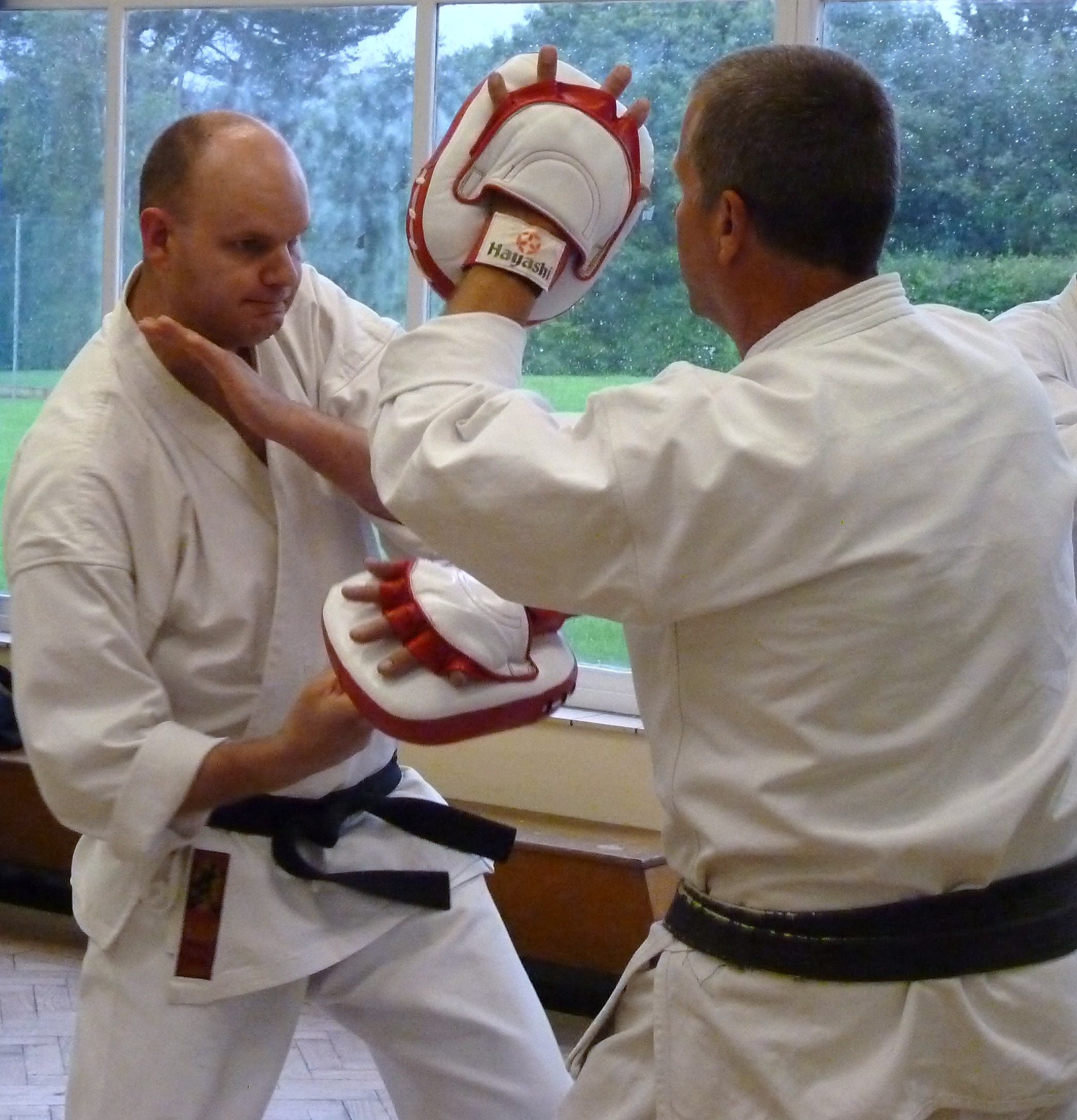Karate
Key Benefits
- Fitness and flexibility
- Discipline/strength of mind
- Confidence
Introduction
Karate can be broadly separated into three main aspects, Kihon, Kumite, and Kata, all of which are important, but many say that Kata is the 'heart' of Karate.

 Kata is used to 'program' the body with technique.
The more a kata is practised, the less
conscious thought is used, so that eventually the body seems to perform the kata on it's own,
leaving the mind to concentrate on the intention behind the moves.
Kata is used to 'program' the body with technique.
The more a kata is practised, the less
conscious thought is used, so that eventually the body seems to perform the kata on it's own,
leaving the mind to concentrate on the intention behind the moves.
Shoto-Ryu practises around 30 Karate Kata, of varying origins, although many of them are very similar to those practised by Shoto-Kai and Shoto-Kan.
Click here to see the translations and origins of the various kata.
Shoto-Ryu Karateka perform Kata with shoulders and upper arms relaxed, but fists clenched tightly.
Kata is usually performed either in groups or on one's own, although it should also be practised against an opponent to increase understanding of the moves being performed (see left).
Shoto-Ryu does not enter into competitions, so there are no rules applied in Kumite. However, it is still a practise and control is exercised at all times.